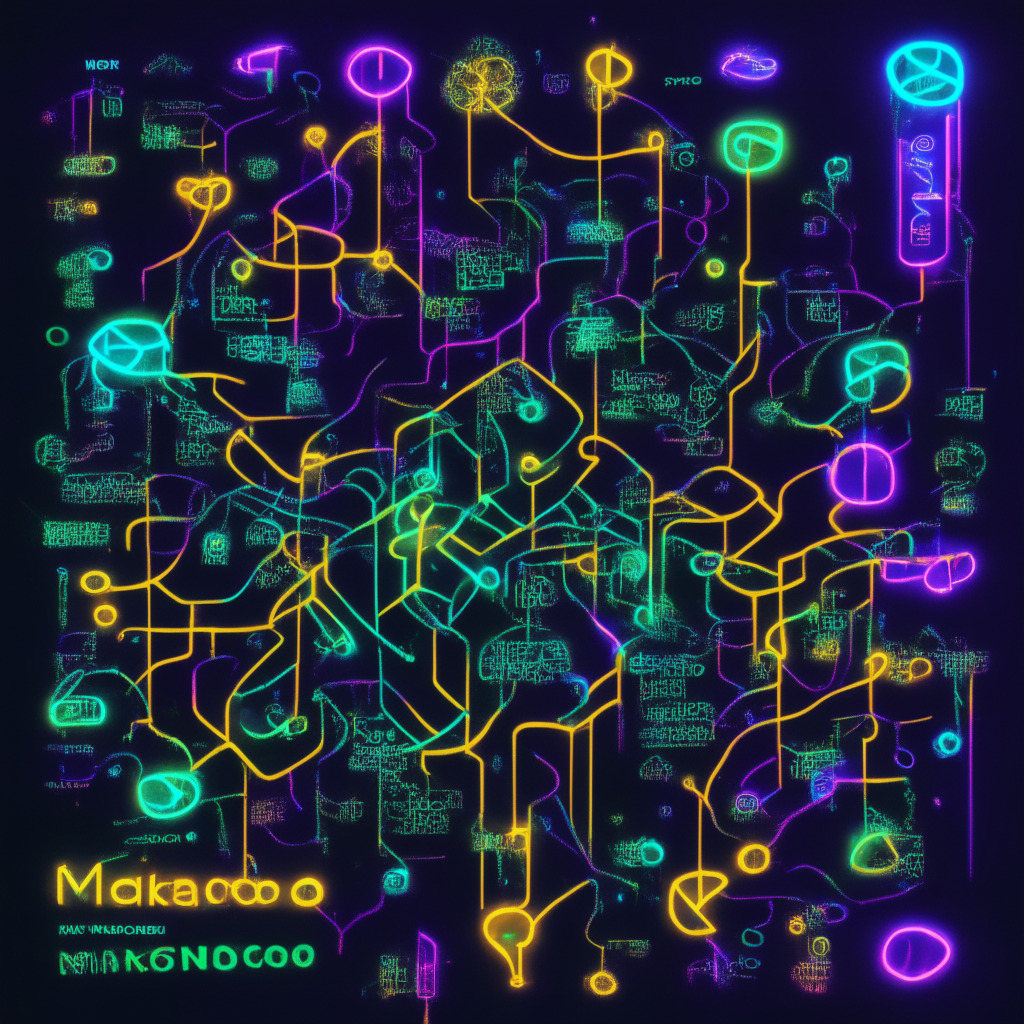In an impressive turn of events, Bitcoin miner Marathon Digital Holdings (MARA) saw a 77% spike in its Bitcoin mining production for May. The company mined a total of 1,245 Bitcoin, assisted by its proprietary software. According to CEO Fred Thiel, most of the credit for this surge goes to the increased hash rate, higher transaction fees accounting for 11.8% of the total revenue, and the functionality of Marathon’s software.
The company’s proprietary software has been a game-changer, giving Marathon the “ability to control the output of the machines, the uptime of the machines, scaling up and down the hash rate of the machines,” as Thiel detailed in his interview with CoinDesk TV. This also led to a 9% boost of its operational computing power, reaching 15.2 exahash/second (EH/S).
Another factor contributing to the increased Bitcoin mining production was the rising popularity of Ordinals in early May. This protocol enabled additional features on the Bitcoin blockchain, such as non-fungible tokens and memecoins, thus driving up demand for block space and subsequently lifting transaction fees. As a result, miners saw an increase in revenues as fees surpassed block rewards.
Despite these promising figures, it’s worth remaining skeptical and considering that Marathon’s software might not be the sole driving force behind the hike in production. It’s possible that during April, Marathon’s machines were not functioning at their full capacity, leaving ample room for increased production in May.
In fact, the miner reported in April that its 15% decrease in Bitcoin production could be attributed to increased difficulty on the network, luck, and “to a lesser extent, curtailment activity.” This underperformance was supported by the fact that Marathon produced only 50 Bitcoin per exahash of computing power in April, the least among 14 publicly listed miners. For comparison, peer CleanSpark (CLSK) mined 78 Bitcoin, Riot Platforms (RIOT) had 61, and Hive Blockchain (HIVE) produced 81 Bitcoin per exahash that month.
Just like with any investment, it’s essential to exercise caution and not merely rely on a single tool or software to guarantee consistent results. While Marathon’s recent success is indeed impressive, it would be wise to keep a balanced perspective and manage expectations accordingly. As Marathon’s shares on the Nasdaq experienced a downfall of around 2% on Friday, it remains uncertain whether the mining production levels will maintain their upward trend moving forward.
Source: Coindesk




